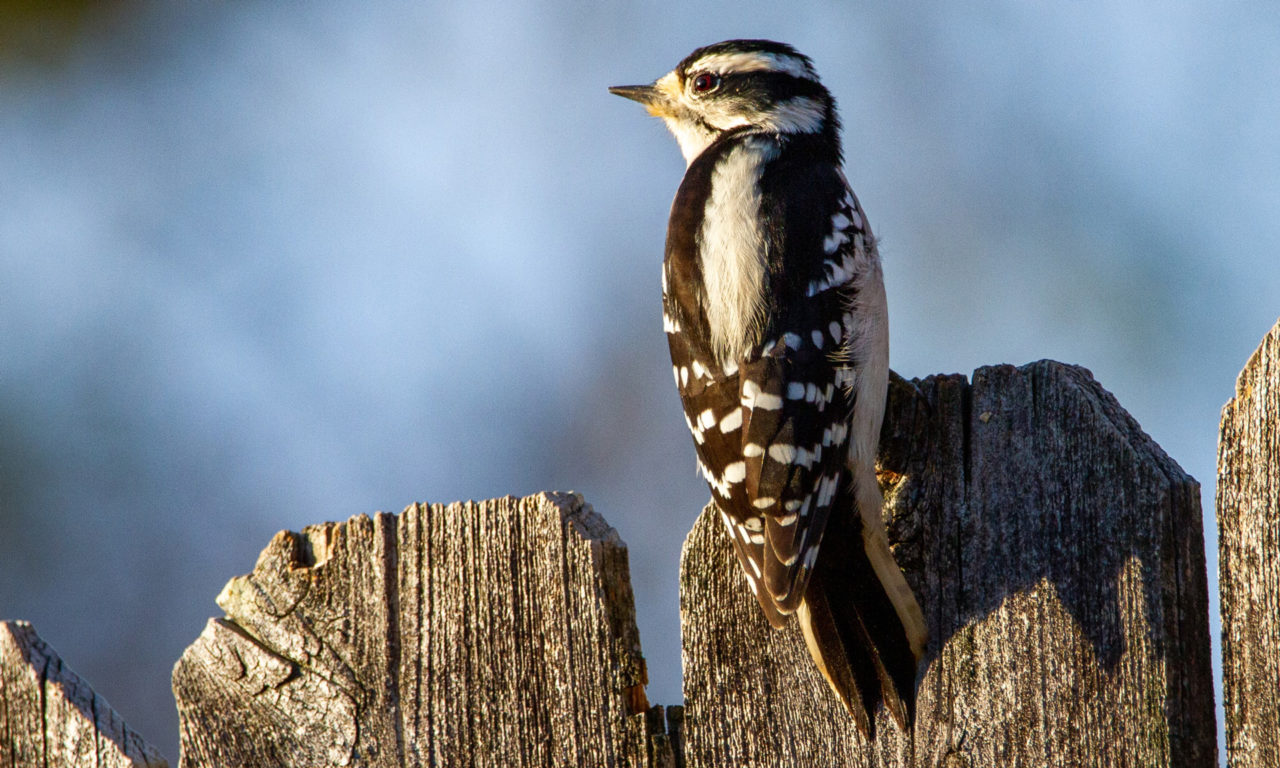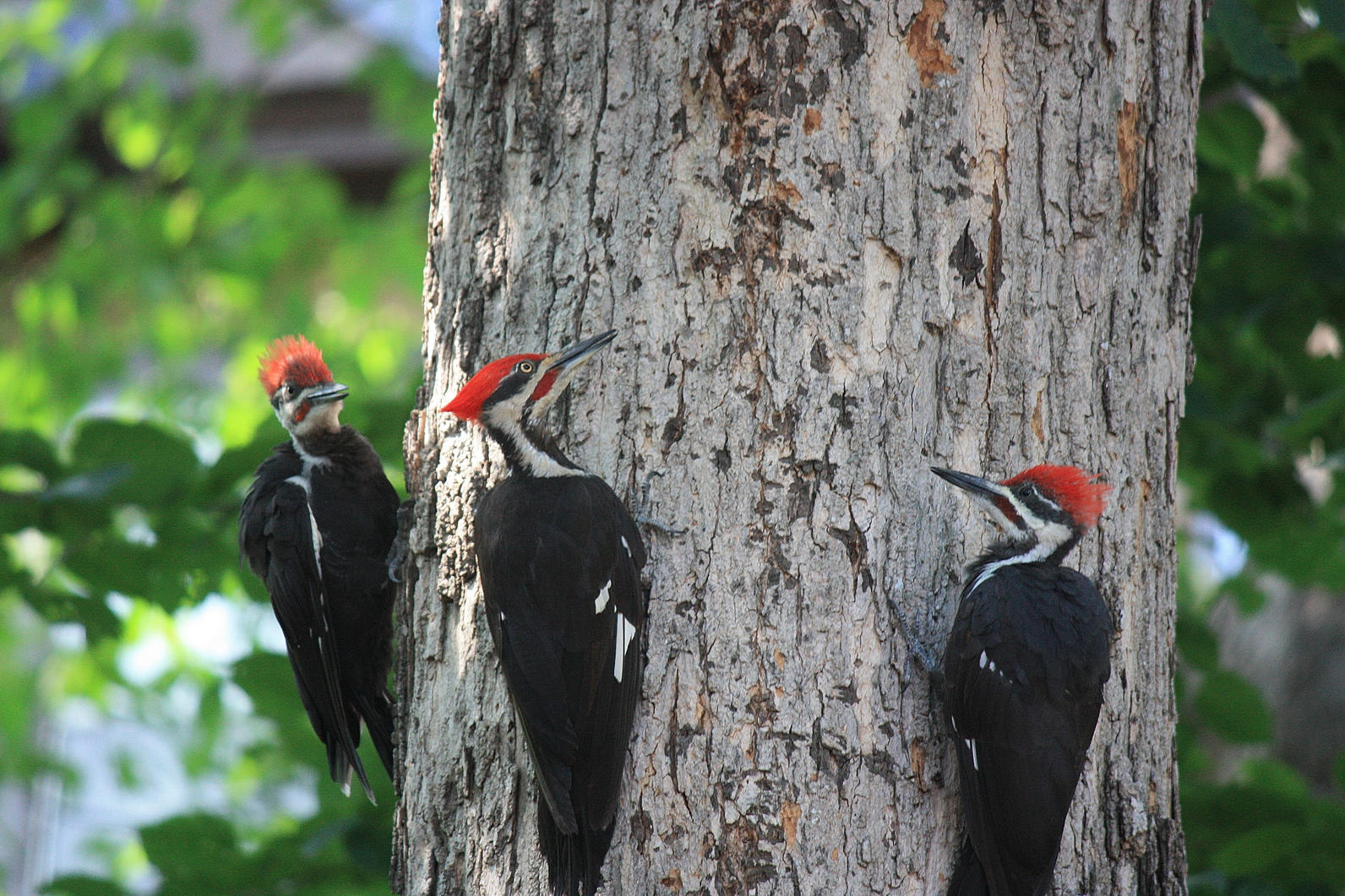Encountering Woodpeckers in Florida Species: Habitats and Habits
Encountering Woodpeckers in Florida Species: Habitats and Habits
Blog Article
Introducing the Secrets of Woodpeckers: Habits, Habitat, and A Lot More
Woodpeckers, with their distinct actions and specialized adaptations, have lengthy captivated scientists and nature fanatics alike. By discovering the enigmas surrounding woodpeckers' behavior and habitat selections, a deeper understanding of these bird wonders emerges, offering a glance right into their fascinating world.
Woodpecker Behavior Insights
In checking out woodpecker actions, a fascinating display screen of specialized skills and adjustments emerges, losing light on their amazing eco-friendly niche. Woodpeckers, recognized for their distinctive drumming on trees, have a variety of behavioral traits that add to their survival and success in their environment.
Additionally, woodpeckers exhibit an one-of-a-kind feeding actions characterized by their capability to extract bugs from tree bark utilizing their specialized beaks. Their lengthy, barbed tongues help in capturing target, while their solid neck muscles supply stability and precision during pecking activities. This feeding strategy enables woodpeckers to accessibility hidden insect larvae and remove them with amazing performance.
Environment Preferences and Selection
What factors influence the habitat choices and option of woodpeckers? One critical factor affecting woodpecker environment option is the schedule of ideal nesting websites. Woodpeckers commonly favor woodlands with a mix of fully grown trees that supply adequate chances for tooth cavity excavation.
Furthermore, woodpeckers show a preference for habitats with an abundant supply of food sources. They are largely insectivorous, feeding on beetles, ants, larvae, and various other bugs found in worn out timber or tree bark. As a result, woodpeckers have a tendency to favor woody locations with a diverse insect populace to fulfill their dietary requirements.
Additionally, the existence of dead or rotting trees is another vital aspect in woodpecker environment choice. These trees not only give food sources but additionally provide suitable substratum for dental caries excavation. Dead trees are necessary for the maintenance of healthy and balanced woodpecker populaces, as they play an important role in the woodpeckers' life process and community characteristics.
Feeding Practices and Diet Regimen Structure
Woodpeckers show a specialized feeding behavior concentrated on foraging for pests within different habitats. In enhancement to insects, woodpeckers likewise eat tree sap, fruits, nuts, try this out and seeds, adding range to their diet regimen depending on the season and schedule of food sources.
The foraging techniques of woodpeckers are well-adapted to their arboreal way of life (Woodpeckers in Florida). Their capability to excavate wood not only offers them with food however likewise assists in developing nesting cavities and establishing territories. Woodpeckers play an important function in keeping the wellness of woodlands by controlling insect populations and aiding in the decomposition see post of timber. Understanding their feeding practices and diet composition is important for conservation efforts targeted at preserving these unique and valuable birds.
Drumming Seems and Interaction
Making use of quick drumming audios on numerous surface areas, woodpeckers employ a distinctive kind of communication to signal region boundaries and bring in friends. This drumming habits is not only a means of interaction but additionally works as a way for woodpeckers to develop their presence within a certain area. The intensity, speed, and pattern of the drumming can communicate vital details to other woodpeckers in the area.
Woodpeckers make use of drumming audios to announce their presence in a territory and to advise off potential intruders. The loud and recurring nature of the drumming works as a clear signal to other woodpeckers that the location is currently asserted. This assists in decreasing problems and reducing physical battles between individuals.

Survival Adaptations and Specialized Anatomy

Verdict
To conclude, woodpeckers display distinct behaviors, such as drumming audios for their explanation communication, and have specialized anatomy for survival in their picked environments. Their feeding habits and diet regimen structure even more show their versatility to various settings. By recognizing these elements of woodpeckers, researchers and guardians can much better secure and preserve these remarkable birds and their ecological communities.
Report this page